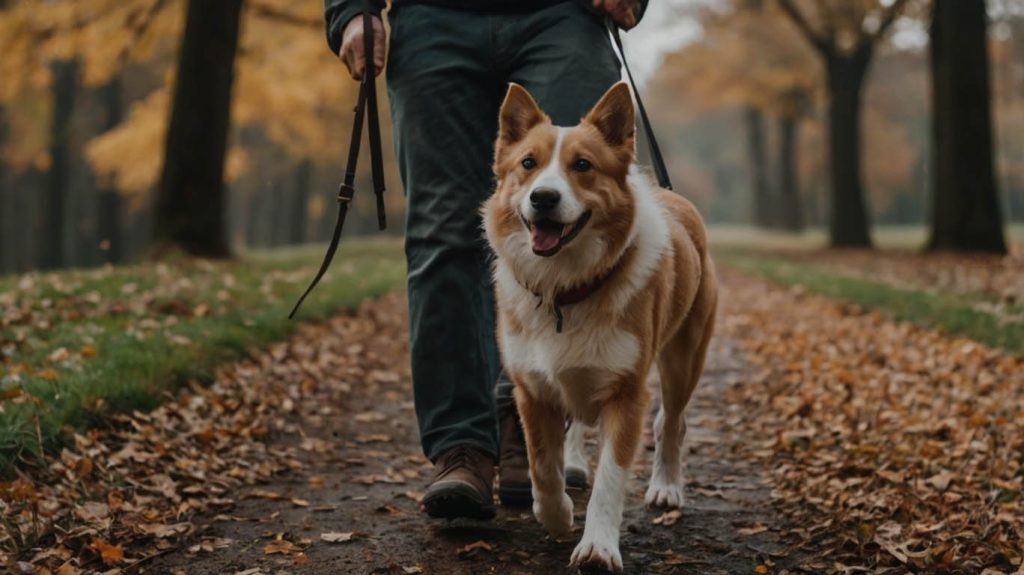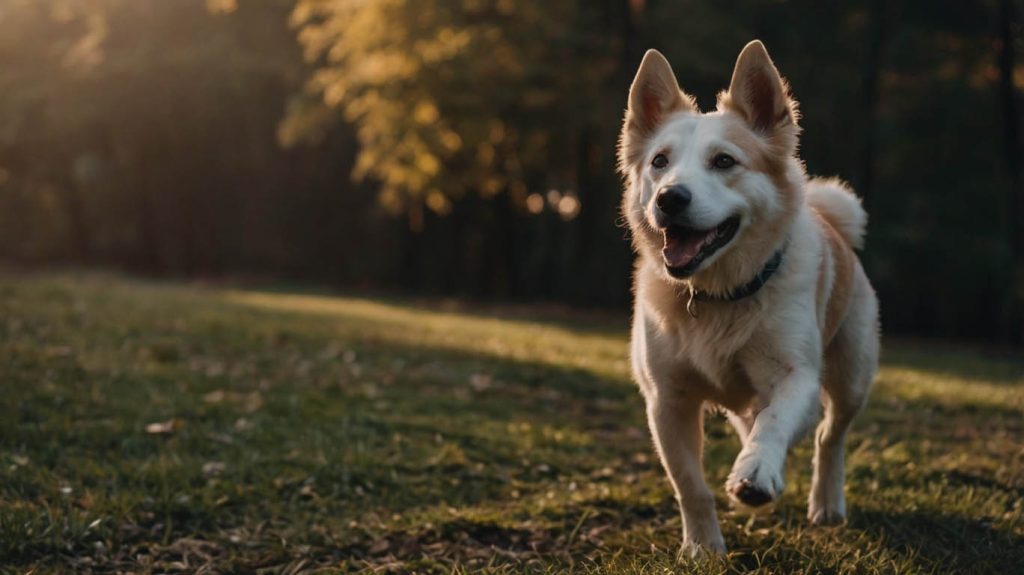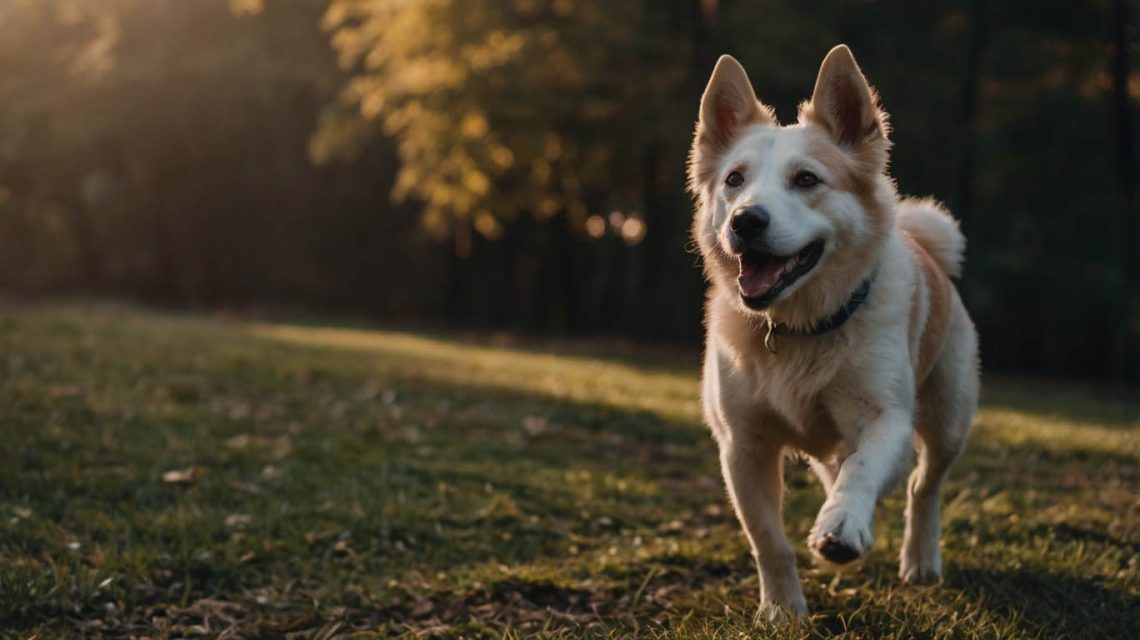Dog Walking Training Tips: Your Ultimate Guide to a Calm and Connected Stroll
The story is one that unfolds on sidewalks and park paths every single day: a dog owner, bracing against a taut leash, is being unceremoniously pulled along by a dog who is far more interested in the squirrel up ahead than the human at the other end. This daily tug-of-war is exhausting and can turn what should be a joyful activity into a stressful chore. If this is your reality, you are in the right place to find effective dog walking training tips that will restore peace and partnership to your walks.
This comprehensive guide will walk you through the entire journey of mastering the walk. First, we will establish the essential mindset and gear you need to set the stage for success. Then, we will provide a step-by-step action plan with positive, proven training techniques. Consequently, you will learn to transform your pulling dog into an attentive, happy companion who chooses to walk politely by your side.
The Foundation: Essential Mindset and Gear for Dog Walking Training
First and foremost, before you can change your dog’s behavior, you must change your perspective. Your dog is not pulling to be dominant or defiant. They are pulling for a simple reason: because it works. Every time they pull and get to move forward, the behavior is reinforced. Therefore, the core of these dog walking training tips is to teach your dog a new, more rewarding way to walk: on a loose leash.

Choosing the Right Equipment: Your First Step to Success
The right gear can make a world of difference in your training journey.
- The Leash: A standard 6-foot leash made of a comfortable material like nylon or leather is your best friend. It is critical to avoid retractable leashes. These leashes teach your dog the exact opposite of what you want—that pulling gets them more freedom—and they offer you dangerously little control.
- The Harness (Instead of a Collar): While it’s possible to train on a flat collar, a front-clip, no-pull harness is a much safer and more effective tool. When a dog pulls on a front-clip harness, their body is gently turned back toward you, which naturally discourages pulling without putting any pressure on their sensitive throat and neck. The American Kennel Club (AKC) provides excellent resources on the benefits of using a harness for training.
The Action Plan: The Best Dog Walking Training Tips for a Pull-Free Walk
With the right mindset and gear, you’re ready to begin. Remember, patience and consistency are the most important tools you have.
Step 1: Start the Training Before You Leave the House
The chaos of the walk often starts the moment your dog knows it’s coming.
- Desensitize Pre-Walk Cues: Throughout the day, pick up your leash, jingle your keys, or put on your walking shoes, and then just go about your business. This breaks the association that these actions always lead to an immediate, exciting walk, which helps to lower your dog’s initial arousal level.
- Practice Calm at the Doorway: This is one of the most crucial dog walking training tips. Teach your dog that they must be calm to get what they want (the walk). Ask for a sit while you clip on the leash. If they jump or get frantic, stand up straight and ignore them until they are calm again. The door only opens when the dog is calm.

Step 2: Teach Your Dog That a Loose Leash is a Magic Wand
Your primary goal is to make walking near you the most rewarding thing your dog can do.
- The “Loose Leash is a Treat” Game: Start in a low-distraction area like your backyard. Hold the leash so it has a gentle “J” curve. Take a step. For every second the leash stays loose, happily say “Yes!” and give your dog a high-value treat. You are actively marking and rewarding the exact behavior you want to see more of.
- Use High-Value Rewards: For this training, your dog’s regular kibble won’t be motivating enough. You need something special. Use tiny, pea-sized pieces of cheese, boiled chicken, or soft, smelly training treats. For more ideas, explore our internal guide on [The Ultimate Guide to Healthy Puppy Training Treats].
Step 3: What to Do When They Inevitably Pull
This is where you teach your dog that pulling is completely ineffective.
- The “Be a Tree” Method: The instant the leash tightens, stop all forward movement. Plant your feet and become completely still and boring. Do not yank the leash or scold your dog. Simply wait. The moment your dog creates slack in the leash—by taking a step back or looking at you—mark it with a “Yes!” and immediately start walking again. This creates a clear association: pulling stops the fun, but a loose leash makes the fun happen.
- The “Turnaround” Game: When your dog hits the end of the leash and starts to pull, cheerfully say “This way!” and turn 180 degrees, walking in the opposite direction. When your dog catches up to you and the leash is loose, praise and reward them. This is one of the most effective dog walking training tips for teaching a dog to pay attention to your movements.
Troubleshooting Common Problems in Dog Walking Training
- The Environment is Too Distracting: It’s a common mistake to try these techniques for the first time on a busy street. Start your training in the most boring environment possible and gradually work your way up to more distracting places.
- Keeping the Walk Fun and Engaging: Remember that a walk is also for your dog’s mental enrichment. Incorporate “sniffy breaks” by giving your dog a cue like “Go sniff!” to let them know it’s okay to explore for a few minutes. This makes the structured walking part of the walk a more valuable activity.
Conclusion: From a Chore to a Cherished Connection
Implementing these dog walking training tips is a process that requires a commitment to positive reinforcement and consistency. You are not just stopping a bad habit; you are building a new skill and a new way of communicating with your dog. By teaching your dog that walking politely on a loose leash is the key to a wonderful, rewarding adventure with their favorite person, you will transform your daily walks from a stressful battle into a cherished, bonding experience.


